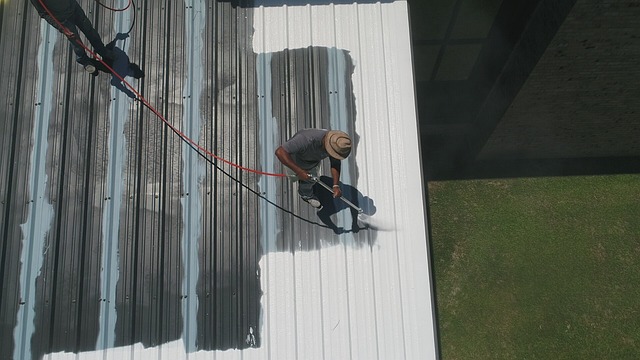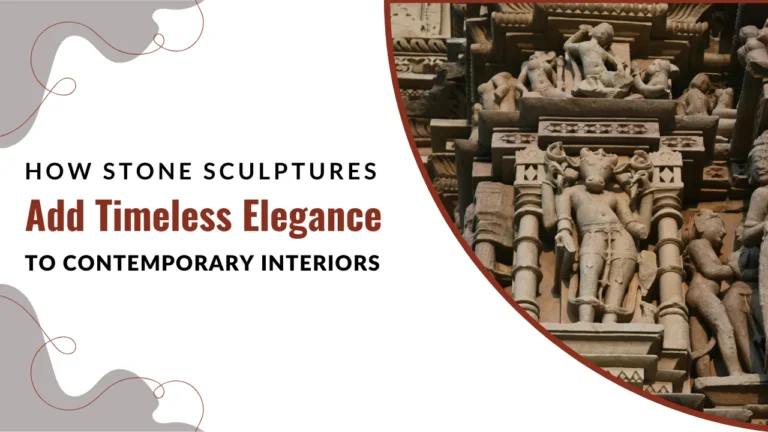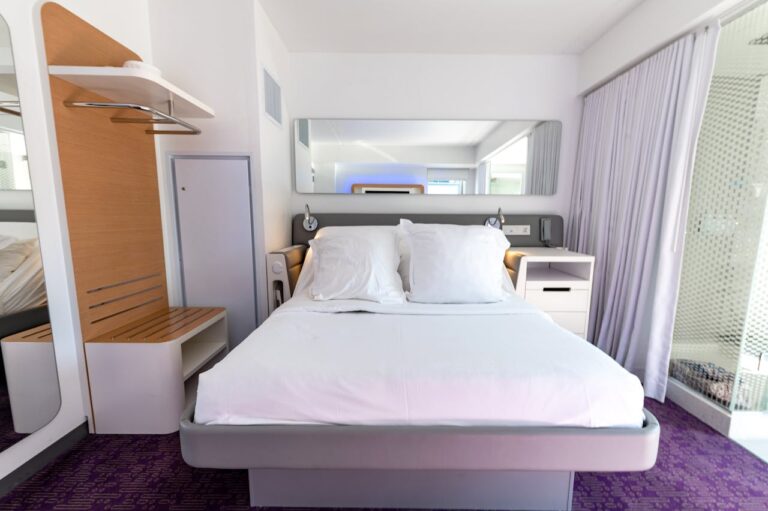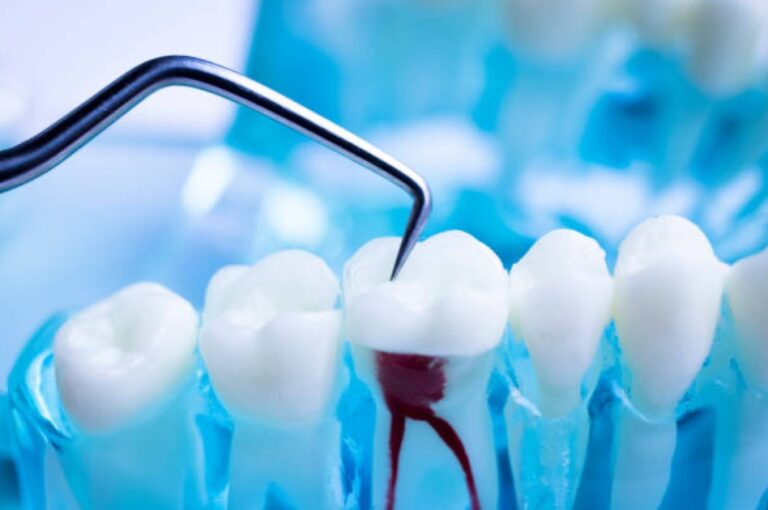
Maintaining the concrete surface in your residential garages, pool areas, and commercial spaces is much more than just cleaning it. As a part of your maintenance plan, the best gift you can give to the concrete surfaces is polishing them or applying durable coatings after every year.
In Geelong and Melbourne, upgrading flooring often means choosing either polished concrete in Geelong or epoxy coating in Melbourne, or both. If you are facing issues with concrete cracking, breaking, or large holes impacting the foundation of your space, installing polished concrete and epoxy coating is a must, depending on the concrete’s condition.
This blog will walk you through the detailed steps involved in installing both polished concrete and epoxy flooring, helping you understand what to expect during the process.
Understanding Concrete Polishing Installation
Step 1: Surface Preparation
Cleaning the Surface:
The first step in concrete polishing is thoroughly cleaning the existing concrete surface. This involves sweeping, vacuuming, and pressure washing to remove all dirt, dust, grease, and debris. A clean surface is essential for achieving a smooth and even polish.
Repairing Cracks and Imperfections:
Next, professionals repair any minor imperfections in the concrete. This is done using special patching materials designed for concrete. Properly addressing these flaws ensures that results last for a very long time.
Step 2: Grinding the Concrete
Coarse Grinding:
The grinding process begins with coarse grinding to remove the top layer of the concrete and expose fresh material. This step uses heavy-duty grinders equipped with coarse diamond abrasives. The goal is to level the surface and remove any existing coatings or imperfections.
Progressive Grinding:
After the initial coarse grinding, the polished concrete in Geelong involves finer grinding. This approach helps further smoothen the concrete before polishing to get a high-quality finish.
Step 3: Applying a Densifier
Purpose of the Densifier:
A concrete densifier is a liquid hardener that makes the concrete more strong and tough against the moisture, water, chemical, and other contaminants. The densifier reacts chemically with the concrete, reaches the pores, and makes the concrete more dense.
Application Process:
The densifier is evenly applied across the surface using sprayers or rollers. Professionals ensure to apply the densifier to cover every square foot of the area, making the surface look the same from every angle. After application, the densifier needs time to penetrate and react with the concrete, typically a few hours.
Step 4: Polishing the Concrete
Initial Polishing:
The initial polishing stage uses medium-grit diamond abrasives to begin the polishing process. This step further smooths the surface and begins to bring out a slight shine.
Final Polishing:
The final polishing stage involves using fine-grit abrasives to achieve the right gloss. The level of polish can vary from a matte finish to a high-gloss, reflective surface, depending on the preference.
Step 5: Sealing the Concrete
Purpose of the Sealer:
Sealing the polished concrete helps protect the surface from stains and makes cleaning easier.
Application Process:
Professionals use sprayers or rollers when sealing concrete to avoid streaks and bubbles. The sealer typically requires a curing time of several hours to fully dry and bond to the surface.
Understanding Epoxy Flooring Installation
Step 1: Surface Preparation
Cleaning the Surface:
Like polished concrete, installing epoxy Flooring in Melbourne begins with thoroughly cleaning the concrete surface to ensure a firm epoxy layering.
Repairing Cracks and Imperfections:
Next, experts in flooring repair will fill any cracks or holes in the concrete using appropriate patching materials.
Grinding and Etching:
To ensure the epoxy bonds properly with concrete, the concrete surface must be ground and etched. Grinding helps remove any existing coatings and creates a suitable surface profile for the epoxy. Etching involves using acidic solutions to open up the pores of the concrete and make it easy to apply any epoxy.
Step 2: Priming the Concrete
Applying the Primer:
The primer creates a strong bond, ensuring the epoxy adheres properly and lasts longer.
Curing Time:
The primer needs time to cure before the epoxy can be applied. Typically, this takes a few hours to a day, depending on the primer used.
Step 3: Mixing the Epoxy
Epoxy coating in Melbourne combines epoxy resin and a hardening agent. These components must be mixed thoroughly in the right consistency to get the most out of the chemical reaction. Proper mixing is also essential for the epoxy to cure correctly.
Step 4: Applying the Epoxy Coating
First Coat Application:
The first coat of epoxy is applied evenly using rollers, brushes, or squeegees. It’s crucial to apply this layer uniformly to avoid any imperfections. The first coat sets the foundation for the next layers.
Curing Time:
After applying the first coat, it needs time to cure. This curing process can take several hours to a day, depending on the specific epoxy product.
Step 5: Adding Decorative Elements (Optional)
For those who want a decorative finish, this is the stage where you choose to have decorative flakes or chips. These elements create various patterns and textures when experts apply it on wet surfaces. Epoxy coating in Melbourne involves using decorating flakes in the process to make the space more beautiful and slip-free.
Step 6: Applying Additional Coats
Next is the application of final coats. Each coat must be allowed to cure fully before applying the next. Multiple layers ensure optimal durability, thickness, and appearance.
Step 7: Final Topcoat
Applying the Topcoat:
The final step in epoxy coating installation is applying a topcoat. This topcoat adds an extra layer of protection, enhances the gloss, and seals any decorative elements. It also helps the floor withstand heavy traffic, chemicals, and wear.
Final Curing Time:
The topcoat needs to cure completely for several days before using the floor. During this curing time, it’s important to avoid using the floor completely.
Also Read: 5 Questions to Ask a Potential House Painter
Final Words
Both concrete polishing and epoxy coating offer unique advantages and are suitable for different applications. Polished concrete in Geelong provides a durable, low-maintenance, and eco-friendly solution with a natural, high-gloss finish. Epoxy coating, on the other hand, offers a highly durable, customisable, and aesthetically appealing option that is ideal for both residential and commercial spaces.
Understanding the installation processes for both flooring solutions helps you make a decision based on your specific needs and preferences. Whether you choose polished concrete or epoxy coating, proper installation is key to achieving a beautiful and long-lasting floor. Choose Premium Concrete Resurfacing in Melbourne or Geelong to protect and add colours to a plain concrete floor.








